Everything You Wanted to Know About Water in Space
8th Oct 2022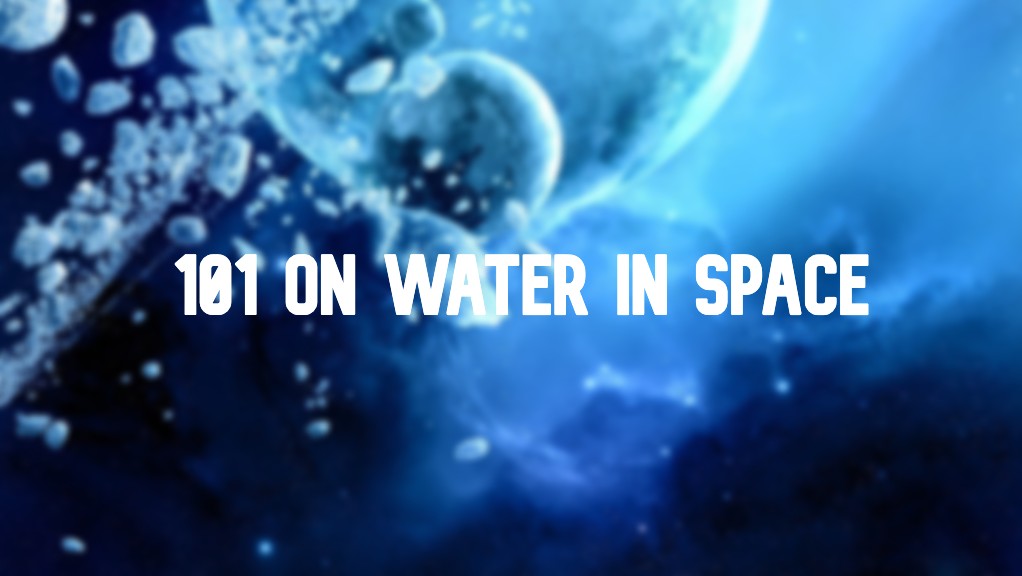
Is there water in Space? Can we use it? What happens to it in a vacuum, and can we even produce water in space? These questions will become important as we begin sending people out beyond the International Space Station again.
Is there water in space?
Long story short, — yes! And a lot! Water is a combination of hydrogen and oxygen, both of which are present in space. The first is in the composition of interstellar matter, and the second is remnants after the explosions of stars. Over the past 30 years, water has been discovered almost everywhere in space. It exists on most planets in the Solar System: Mars, Venus, Neptune, Uranus, in the rings of Saturn, on many satellites, including the Moon, and even outside our Milky Way Galaxy, in interstellar clouds. But how is water formed in space?
It might come as a surprise, but water in space is formed with the help of comets and volcanoes. The tail of a comet is nothing but the result of the evaporation of ice from the nucleus’ surface due to the influence of the solar wind. By the way, scientists believe that it was comets that brought water to Earth in the form of meteoritic ice rain.
But how do volcanoes help water float in space? Very simple. On large planets like Saturn, there are a lot of active volcanoes, and the evaporation from them rises much higher than on Earth. At those altitudes, the vapour freezes and is carried away into space.
What happens when water is in space?
So, we found out that the Universe does have water, but in what form does it exist there? We, the people of Earth, are very lucky. Our planet’s atmosphere creates an optimal temperature and pressure range so that most of the water on Earth is in a liquid state. On other celestial bodies, things are somewhat different. Their conditions are more severe, which is why water can only exist in the form of ice or steam, very rarely in the form of groundwater. For example, in 2018, at the South pole of Mars, under a layer of ice, scientists discovered an underground lake with liquid water. But on Venus, water exists in negligible amounts and only in the form of steam high in the clouds since this planet’s surface is heated up to 460 degrees Celsius.
Is water in outer space rare?
Well, water doesn’t exist in space at all, but ice does. Space is a vacuum, and liquid water cannot exist in a vacuum. Due to the low temperature and almost zero pressure, it instantly vapourizes and then freezes, forming tiny pieces of ice.
Astronauts in space missions had observed this transformation more than once when they released urine from their spacecraft into outer space. According to them, it immediately begins to boil and then crystallizes.
What happens to water in zero gravity?
The astronauts on the ISS regularly conduct experiments with water because, in zero gravity, it behaves truly miraculously. The reason is the force of surface tension. This force tends to reduce the surface area of water, forming a ball out of it, which is a geometric figure with the smallest surface area.
As a result, it is practically impossible to carry out any ‘normal’ terran manipulations with water in zero gravity. In space, any water drop will form a sphere. For this reason, it is impossible to take a shower in zero gravity or even cry normally. Tears will not flow down the face but will roll into a bubble.
Another widespread question is — Can you boil water in space? You will be surprised, but in orbit, this process is much easier than on Earth due to the lack of convection and fluidity. As a result, water boils even faster, and the vapour bubbles do not rise above the surface; instead, they combine into a giant bubble that oscillates inside the liquid. Check out how it looks.
How to produce water in space
This question is becoming ever more relevant as humanity expands into space. However, there is no commonly accepted answer to it yet. The challenge of fresh water on spacecraft has not been fully resolved, so astronauts have to save and recycle it a lot. Plus, we already need to look for ways to convert extraterrestrial ice into water if we want to colonize the Moon and Mars. Let’s find out what is being done to ensure that astronauts do not lack water in space.
How do astronauts get water in the space station?
For a long time, the need for water at space stations was answered by supply missions, which simply brought clean water to the station. Today, half of the water supply is still carried this way, while the other half is made possible by the water recycling system in space. Previously, spacecraft life support systems could only obtain oxygen from water by electrolysis. The resulting hydrogen and carbon dioxide were considered exhaust gases and thrown overboard. NASA understood that it was losing two important consumables, but at that time, it was impossible to implement a more efficient system in orbital conditions. It became possible only in 2010 when Hamilton Sundstrand developed a plant that uses the Sabatier method, which uses hydrogen and carbon dioxide to produce water. The tech was named ECLSS (Environmental Control and Life Support Systems), and it uses two methods of water production and purification in space:
- Condensation of moisture from the air.
- Urine and solid waste recycling.
The ECLSS system can recover 100% moisture from the air and 85% water from urine, which makes it about 93% effective. The resulting water is purified and can be used for both drinking and technical needs. But with each complete water use cycle, its total volume decreases by 7%, which is why the ISS is still dependent on supplies from Earth. Considering the cost of delivering one kg of cargo into space (several thousand dollars), water in space is literally worth its weight in gold. So, the need for the efficient use and extraction of water in orbit remains relevant. And this is where startups come in.
Orbit Fab – Fast and cheap supply ISS with water
In 2019, private startup Orbit Fab became the first to deliver water to the ISS using its unique in-space satellite refueling technology. At the heart of the technology is the RAFTI plug-in fuel transfer interface, which can replace fill and drain valves on the spacecraft, allowing both initial refueling on the ground and the possibility of refueling in orbit. Because it is one of the most inert and easy-to-handle fuels available, water was chosen to demonstrate the fuel transfer technology. As a result, Orbit Fab has carried out two successful missions on the ISS, proving what was believed impossible — providing spacecraft with fuel and other materials in orbit without needing manned missions.
Masten will mine water from the Lunar Soil
The ROCKET M project is a joint brainchild of three companies — Masten, Honeybee Robotics and MOXIE — which have worked for NASA before. This time they got together to create a mobile rocket-powered drilling rig that will extract ice from the lunar soil. The rig will break through the soil to a depth of two meters as, today, scientists believe that there is not enough water ice available for extraction deeper than that. The drilling site will be covered with a hermetic dome, while torch flashes will evaporate water and throw up rock particles. Further, all the impurities will be filtered out from the ice. According to the developers, ROCKET M will be available in five years and should be able to produce up to 500 tons of water ice annually.
How else can we use water in space?
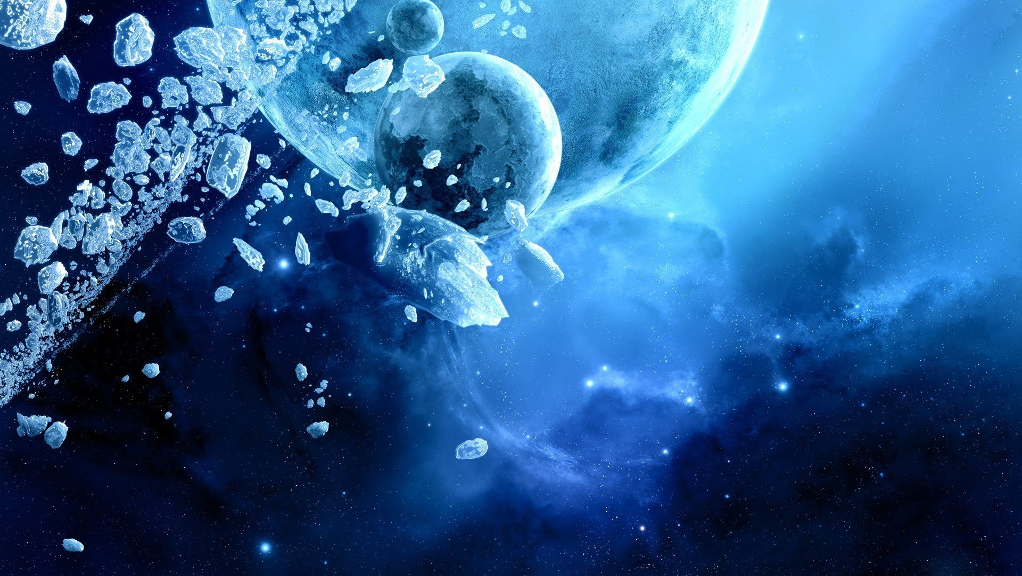
Creating fuel from space ice
As we already know, there is a lot of water in space — not as a liquid but in the form of ice or steam. Ice deposits have been discovered on the Moon and Mars, meaning rocket fuel can be obtained from this ice. The main components of the chemical propellants modern rockets are powered by are oxygen and hydrogen. These same elements form parts of water and can be extracted from it by electrolysis. By mastering the technology of processing lunar and Martian ice, we will be able to make chemical fuel from it and refuel rockets right on the spot, without the need to deliver fuel from Earth. However, this is not the most efficient method.
Using water as a space propulsion system
Since 2019, the Italian startup Miprons has been developing two innovative high-performance miniature space propulsion systems that use water as fuel. In these systems, the water is split into hydrogen and oxygen in an electrolysis process, and then a steam generator is added.
The company is backed by the Italian and European space agencies and recently signed a contract with Thales Alenia to develop a micro water propulsion system for its satellites. Miprons says its project is part of a larger strategy to use water in space for both engines and humans.
The prospects of this development are confirmed by its growing popularity. The patent for the water engine has already been acquired in 50 countries worldwide. In the meantime, we should wait and see how the prototype testing goes.
Mirpons is not the only company to introduce water as space fuel. Pale Blue, Aurora Propulsion Technologies, Bradford Space, Tethers Unlimited and Momentus also develop Resistor-active water-plasma propulsion systems. If you’ve ever heard a kettle whistle, then you’ve also heard how this technology works. The system consumes no more than a cup of water during its entire service life. A minimal amount of electricity heats the water, which is then sprayed at an extremely high speed, thus moving everything attached to it forward.
Ice houses on Mars
NASA experts believe that Martian ice can be an excellent building material. The Mars Ice Home project is an inflatable dome surrounded by a shell of water ice. The ice will protect Martian pioneers from radiation, and the walls of the house will be translucent, which will allow part of the light spectrum to penetrate the room creating natural lighting. Plus, the water stored inside the shell will be used later to produce rocket fuel. These and other methods, which are likely to appear soon, should help humanity answer the question of how to get water in space. Space technologies are developing rapidly, making things that used to seem like fantasy into commonplace technologies. So, we can hope that, soon enough, water on orbiting space stations and
![Beauty of the Pink Moon And Lyrid Meteor Shower in This Week’s Best Astrophotos [19-26 April] Beauty of the Pink Moon And Lyrid Meteor Shower in This Week’s Best Astrophotos [19-26 April]](https://orbitaltoday.com/wp-content/uploads/2024/04/Pink-Moon-is-on-its-way-above-the-mountains-1-300x300.jpg)
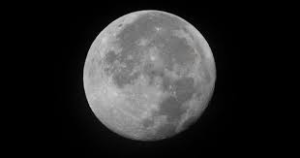
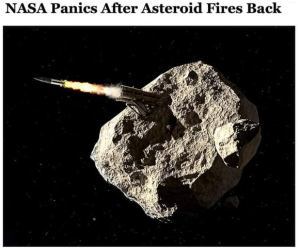


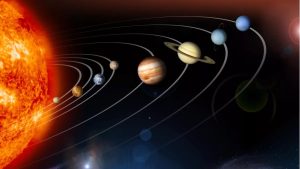
Thank you for your comment! It will be visible on the site after moderation.